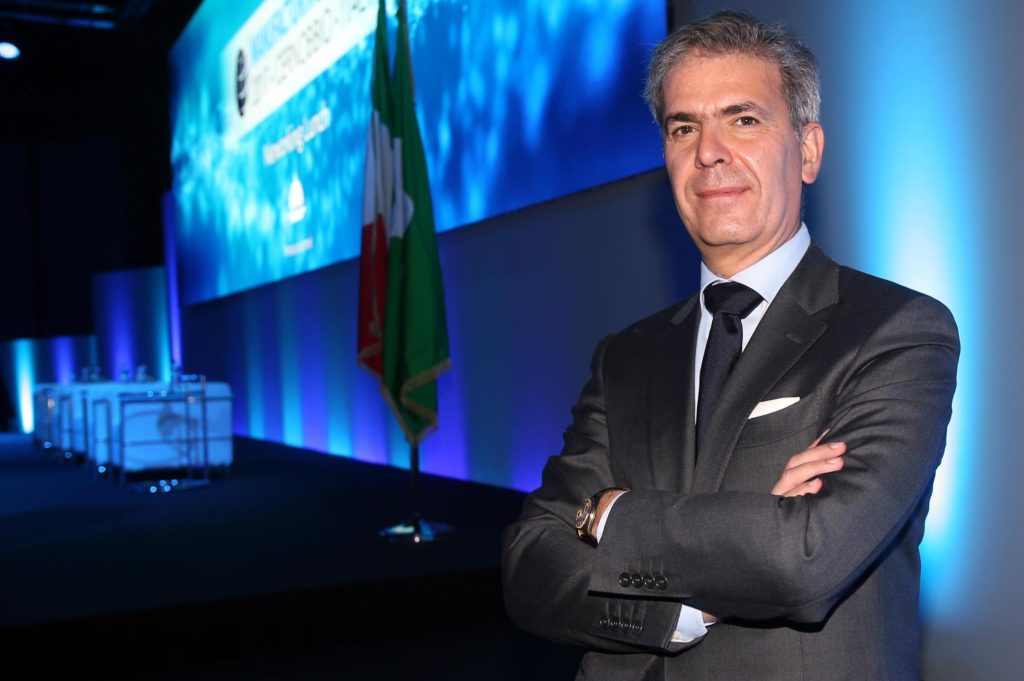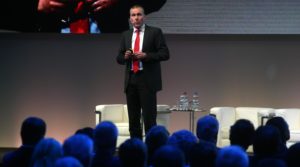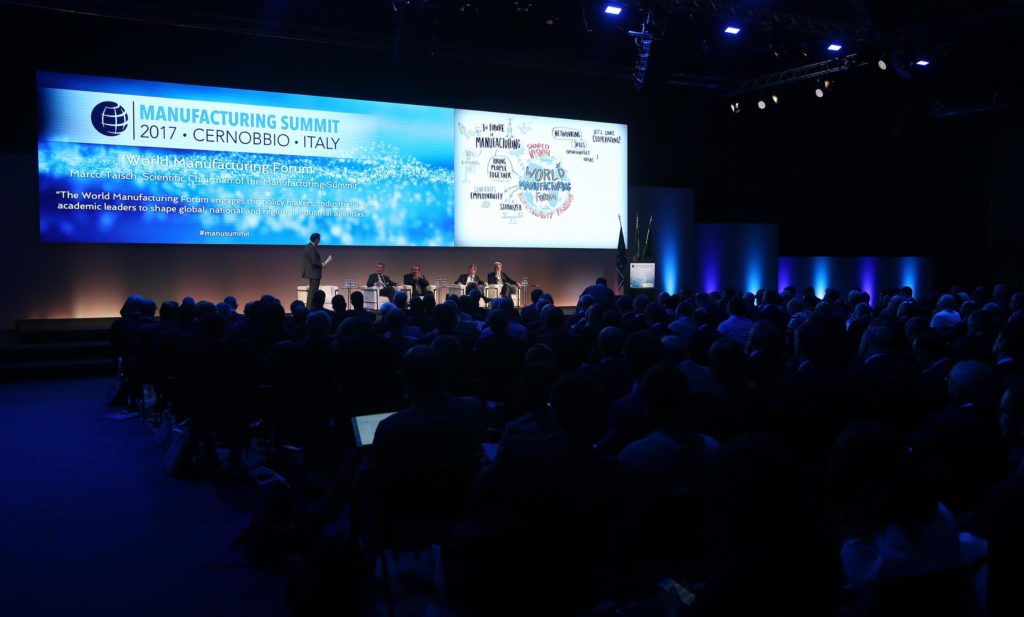If Italy has risen to the rank of organizing Country of all future editions of the World manufacturing forum – until now itinerating summit fully dedicated to the innovation in the manufacturing ambit – this is due to its forefront positioning in the world industry. A role that neither domestic contradictions nor crises have really affected and that, on the contrary, can be further boosted by the compliance with the paradigms of Industry 4.0.
4.0 is mandatory, then, to face and to benefit from the innovation wind in the most profitable manner; perhaps some key issues, however, must be reconfirmed and clarified in detail.
Men and machines
In the course of the roundtables that have enlivened the summit, they underlined that the right mix for innovation is made up of culture, competences and people and that probably the mechatronics segment expresses such convergence at best. It is more 4.0 than ever because it performs the complete integration between mechanics and engineering, electronics and information technology. It can enrich processes and products, strictly interconnected, with massive doses of intelligence, creating unusual manufactured goods in terms of characteristics and prerogatives and always exploiting in-depth knowledge. Concerning this, the driving engine of the fourth industrial revolution is supplied by data, provided that we succeed in turning them into analytic instruments of real usefulness. Targets are manifold but connected one another: the machining optimization and the reduction of wastes, the service cost decrease through the predictive maintenance, the economic and environmental sustainability. In his speech, the Chief executive officer of the Digital factory division of Siemens Ag, Jan Mrosik, analysed thoroughly how all that can result in daily reality, anyway passing through virtual or augmented reality models.

The winning model
He started highlighting that digitalization, even if core of the concept of Industry 4.0, should not be deemed a value in itself. Even if its impacts on the business are clear and the risk of being cut off from the market is evident for those not undertaking an innovation course in time, it is however true that it would be wrong to pursue the digital in the mere attempt of following temporary fashions or trends. At the base of all that, there is the will of improving products and processes to conquer market shares and to satisfy with the highest flexibility a market that requires a bigger and bigger effort towards the offer customization. In a world where, depending on the different geographical areas, the various possible configurations of a manufactured good multiply, digitalization can anyway effectively meet the diktat of the best possible quality. Fundamental is understanding that innovation must encompass any aspect of the management of a business, from the organization up to the design and planning, ending up with logistic phases and the feedbacks coming from the market, then from the after sale. To attain the perfect running of all that, it is necessary to rely on open collaborative platforms, a complete synchronization of operations and deep analytic skills for big data.

Holistic approach
What Siemens Ag and then its division Ceo Jan Mrosik intend to propose is therefore what they have named a «holistic approach», able to take into account and to trace back the entire broad variety of aspects that intervene in the life cycle of one or more items. The proposed methodology arouses particular interest. In the course of his speech at the summit in Cernobbio, Mrosik in fact adopted both the point of view of manufacturers and suppliers of technologies and users’, putting himself in the shoes of machine makers, too. The concept is that each single link of the value chain can be mirrored by its «digital twin» purposely developed. Their processing allows testing in a virtual environment the characteristics and the typical aspects of the operation of a system or a line, anticipating and correcting the eventual errors or problems before the application on the field. This does not mean only to minimize hazards but especially to streamline the so-called time-to-market significantly. All the players of the supply chain participate in this procedure in collaborative manner because numerous functions are involved. From the concept to the engineering and up to the commissioning and the operational running.
Mrosik has drawn from Siemens activity the practical examples to illustrate the German company’s way of proceeding to the audience; he referred in particular to an industrial pc, aggregate of mechanics, electronics and software applicative intelligence. Designing it, and designing its connectivity, essentially implies a reflection about the type of connectivity, of controls and assistance it needs, testing systematically its full compliance with users’ requisites. The initial project is processed and its operation virtualized, i.e. tested on advanced simulation architectures. This course can be potentially replicated by an endless number of times, up to the achievement of the optimal result.
The virtual components of the digital twin are connected and assembled in 4.0 environments to verify the modification need and to assess, through comparative tests, aspects such as machining times and ergonomics. The simulation can be applied to the development of a single product, undoubtedly, but also to articulated workflows and complex manufacturing processes. This allows drawing up an action plan or a precise and timely roadmap of development and release on the market. Finally yet importantly, the data concerning the engineering can be shared with manufacturers, OEM, customers and partners to which we intend to transmit all the benefits of innovation.




